Long time ago when women still wore petticoats, ladies gazes out to the sea in hopes of reuniting with their lovers from across the shores.
Thanks to sea mails, romance knew no boundaries. Sea mails do not only carry love messages, they also bear with them stories of exciting adventures around the world.
From the Baroque period to the Victorian age, the primary medium in transporting mails was by sea. Sea mails have earned their respect as one of the most coveted items in postal history collecting. Most philatelists invest in sea mails that date as far as the 17th century. Old sea mails are more valuable if they bear a rare postage stamp and a rare postmark.
Types of sea mail collecting
Collecting ship letters or sea mail parcels
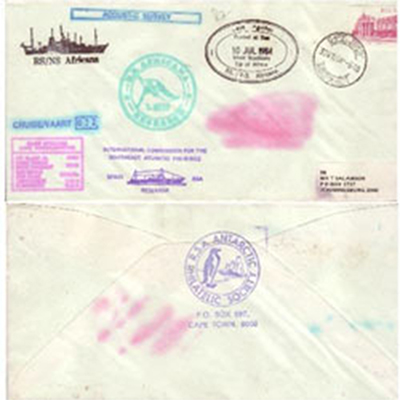
The sea mail postal services enabled people to correspond across the ocean.
Ship letter and sea mails were letters that were brought by a ship from one country to another and were stamped to indicate its passage.
Sea mail collectors enjoy collecting letter envelopes with exotic ship markings. Other worthy objects in sea mail collecting are special souvenir postcards and first day covers that were issued during the maiden voyage of a cruise liner or commercial steam boats.
Naval mail collecting
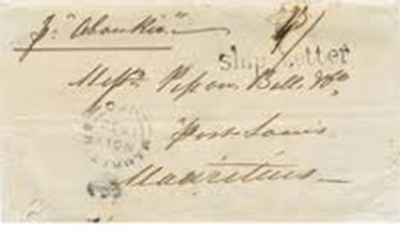
Technically, naval mails are sea mails carried by military sea vessels. Naval mail collecting also includes submarine mails and letters carried by non-military ships used during wartime.
Sea mail collectors who fancy naval mails aim to complete the stamp cancellations from every vessel in the German Navy. Some collect British maritime mails from World War I inscribed with “Received from H.M. ships”. Other naval mail collectors prefer philatelic specimens from World War II marked with “Maritime mail”.
Other sea mail collectibles
Since philately is not limited to postage stamps and letters, sea mail collecting is also comprised of other objects that were used to transmit mail by sea. Collecting sea mail also involves official ship documents of outgoing sea mails, records of packet boat sailing schedules, and voyage passenger manifestos.
How were the sea mails and ship letters conveyed?
Packet boats and paquetbots
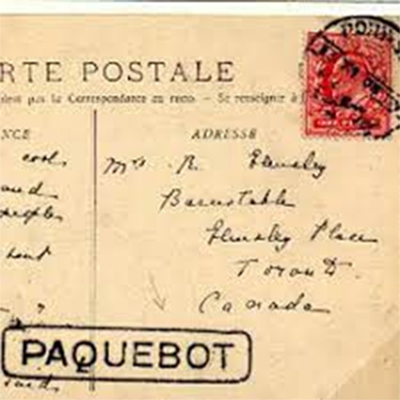
In the 17th century, the British Post Office had a fleet of ships that were sailed out to carry mails. These boats were called the packet boats. British ships became the first international mail forwarding services. Britain and other countries made a treaty to create several postmarks to indicate the sea mail parcel or letter was paid for.
In 1897, several countries made a pact under the Universal Postal Union to open an international sea mail service. The union came up with the idea to postmark each sea mail with the word “paquetbot”, in reference to the packet boats, the old ships that were used to carry letters at sea.
Each sea mail or parcel was subjected to a handheld stamp canceling device marked with “paquetbot”. In the absence of paquetbot postmarks, postal services often brand letter envelopes with a handwritten “paquetbot”. Other paquetbot markings can be a straight line or a box-shaped hand stamp.
The paquetbot marks were mostly used by British ships. Other countries also had their ship markings. The Italians called their sea mail postmarks, vapore. The Spanish installed mailboxes on steam ships called buzon vapore. The Danish had their skibsbrev. The Germans used schiffsbrief while it was paketboot for the Dutch.
Movable or mobile boxes
Aside from the international postal services established by Great Britain, they also established internal shipping services.
The British internal postal services were equipped with movable mail boxes aboard steam ships.
Small boxes or sacks were marked with the inscription “moving boxes”, or sometimes they were abbreviated as BM, BX MLE, MBLE BTE, and BTE MOBLE. However, these postmarks were used for only a short time.
Letters and parcels carried by the mobile boxes are highly desired by most sea mail collectors today. That is because the mobile boxes ship marks are very rare.

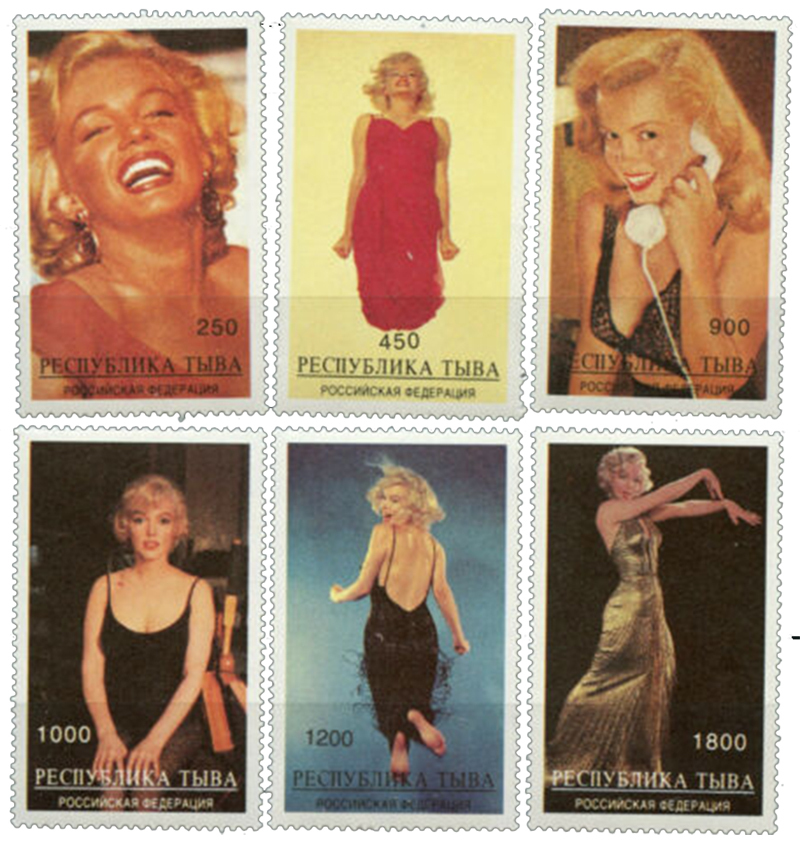
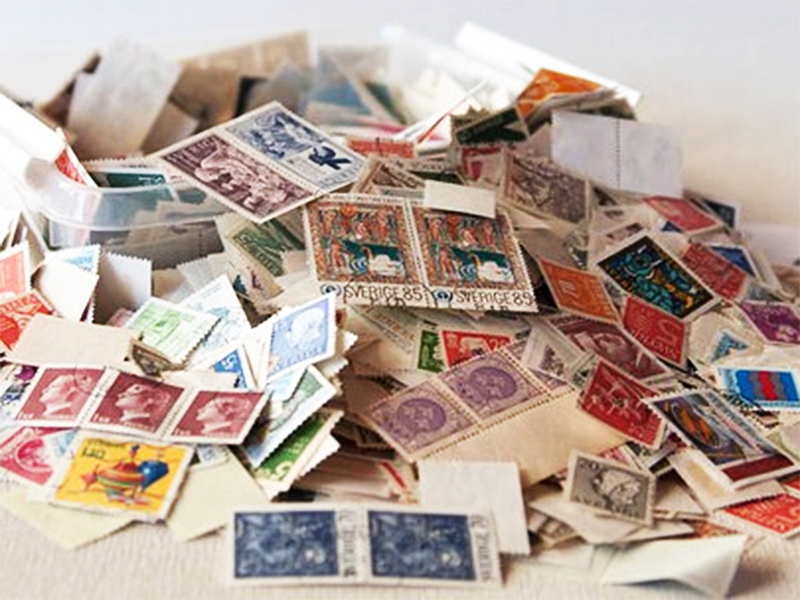
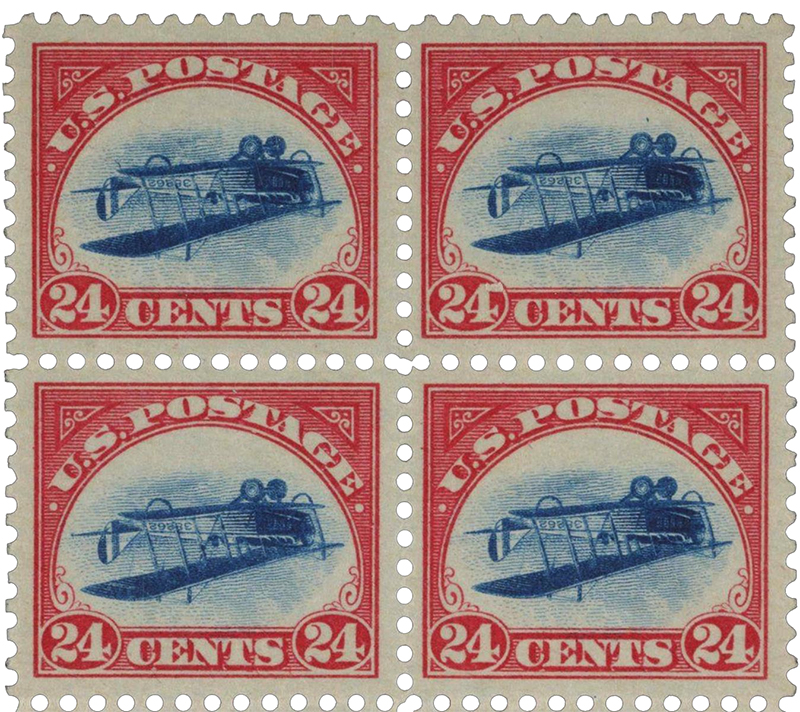
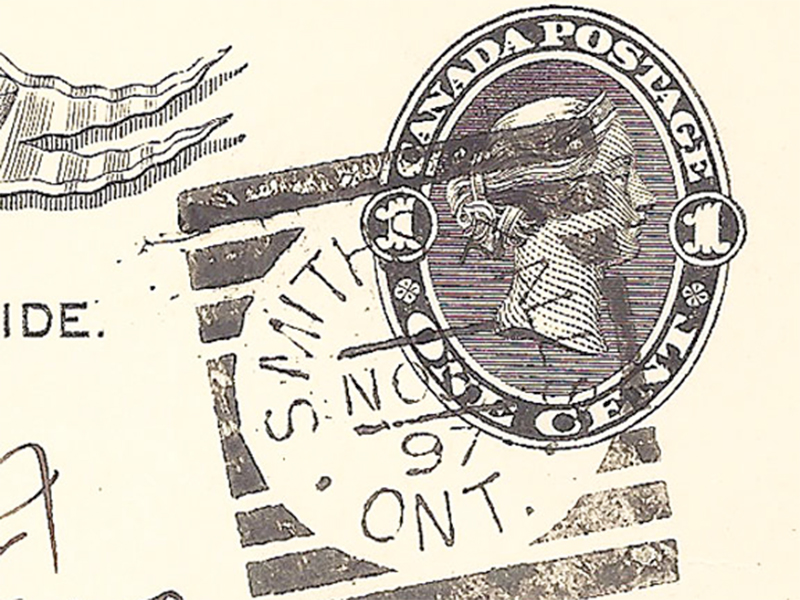
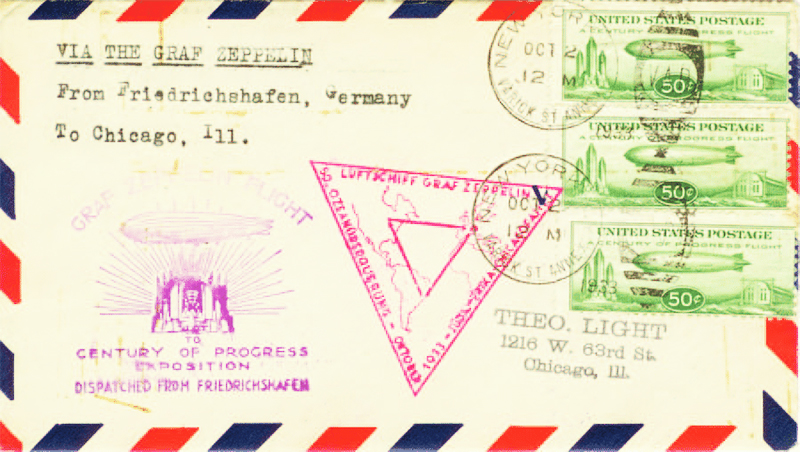
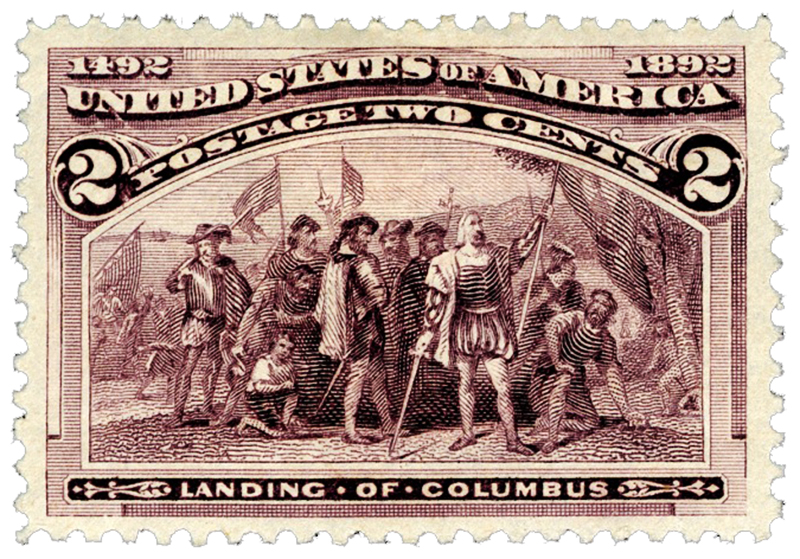



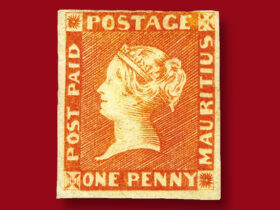
Leave a Reply